Tae-Hoon Kim
Functional Optical Coherence Tomography for Intrinsic Signal Optoretinography: Recent Developments and Deployment Challenges
Feb 18, 2022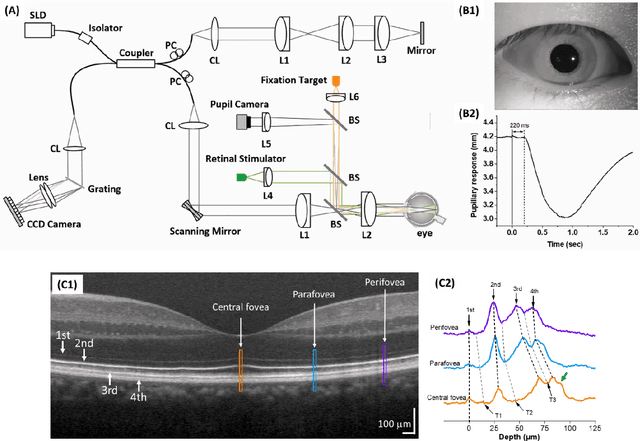
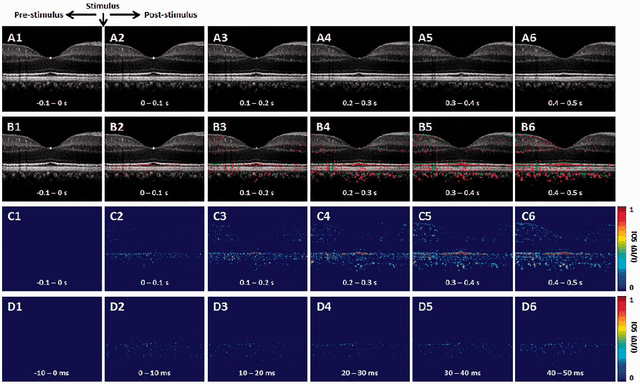


Abstract:Intrinsic optical signal (IOS) imaging of the retina, also termed as optoretinography (ORG), promises a noninvasive method for objective assessment of retinal function. By providing unparalleled capability to differentiate individual layers of the retina, functional optical coherence tomography (OCT) has been actively investigated for intrinsic signal ORG measurements. However, clinical deployment of functional OCT for quantitative ORG is still challenging due to the lack of a standardized imaging protocol and the complication of IOS sources and mechanisms. This article aims to summarize recent developments of functional OCT for ORG measurement, OCT intensity- and phase-based IOS processing. Technical challenges and perspectives of quantitative IOS analysis and ORG interpretations are discussed.
Depth-resolved vascular profile features for artery-vein classification in OCT and OCT angiography of human retina
Dec 14, 2021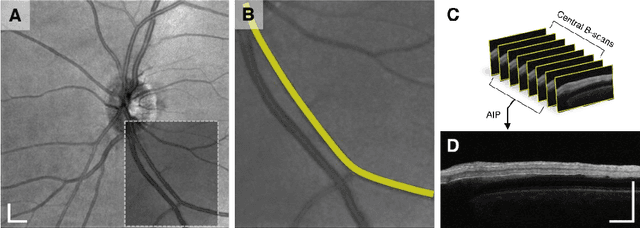
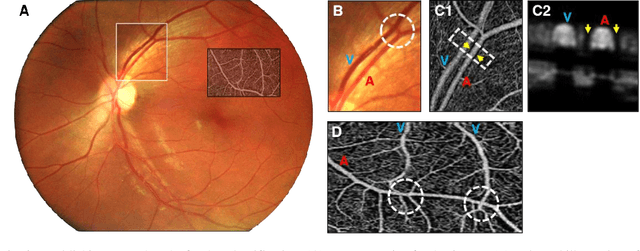
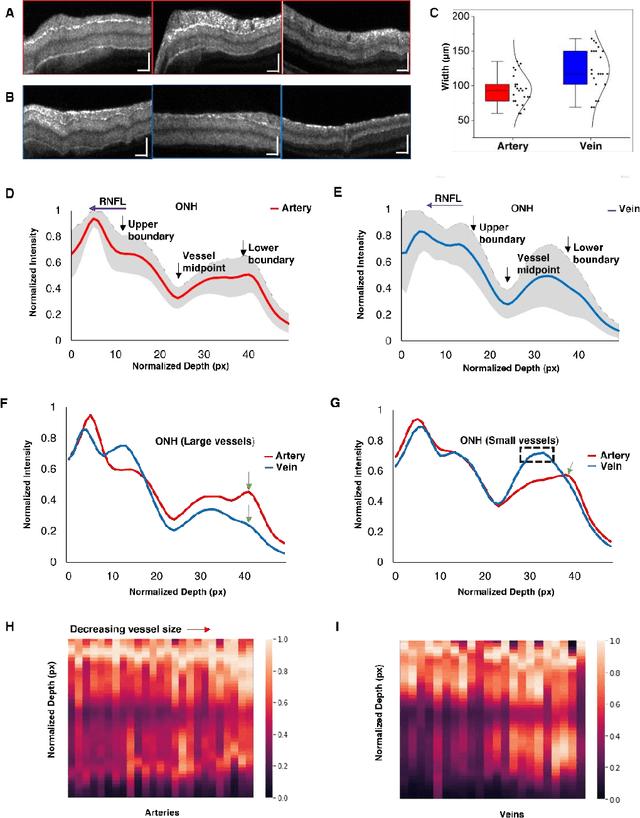
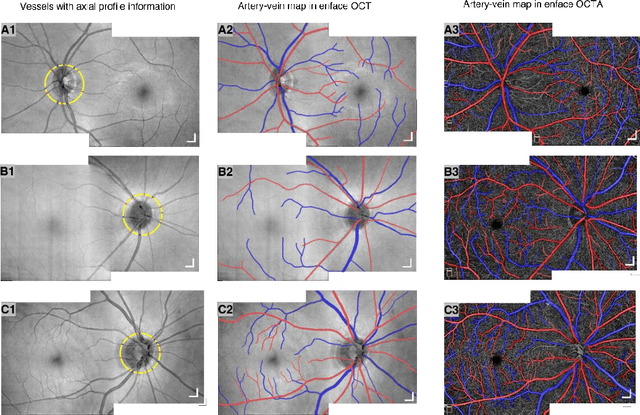
Abstract:This study is to characterize reflectance profiles of retinal blood vessels in optical coherence tomography (OCT), and to validate these vascular features to guide artery-vein classification in OCT angiography (OCTA) of human retina. Depth-resolved OCT reveals unique features of retinal arteries and veins. Retinal arteries show hyper-reflective boundaries at both upper (inner side towards the vitreous) and lower (outer side towards the choroid) walls. In contrary, retinal veins reveal hyper-reflectivity at the upper boundary only. Uniform lumen intensity was observed in both small and large arteries. However, the vein lumen intensity was dependent on the vessel size. Small veins exhibit a hyper-reflective zone at the bottom half of the lumen, while large veins show a hypo-reflective zone at the bottom half of the lumen
ScreenerNet: Learning Self-Paced Curriculum for Deep Neural Networks
Jun 06, 2018



Abstract:We propose to learn a curriculum or a syllabus for supervised learning and deep reinforcement learning with deep neural networks by an attachable deep neural network, called ScreenerNet. Specifically, we learn a weight for each sample by jointly training the ScreenerNet and the main network in an end-to-end self-paced fashion. The ScreenerNet neither has sampling bias nor requires to remember the past learning history. We show the networks augmented with the ScreenerNet achieve early convergence with better accuracy than the state-of-the-art curricular learning methods in extensive experiments using three popular vision datasets such as MNIST, CIFAR10 and Pascal VOC2012, and a Cart-pole task using Deep Q-learning. Moreover, the ScreenerNet can extend other curriculum learning methods such as Prioritized Experience Replay (PER) for further accuracy improvement.
 Add to Chrome
Add to Chrome Add to Firefox
Add to Firefox Add to Edge
Add to Edge